SpaceX Starship 2022: How the next year will build the foundation for MARS CITY and ARTEMIS
STARSHIP is on the verge of powering SpaceX's most audacious objectives.
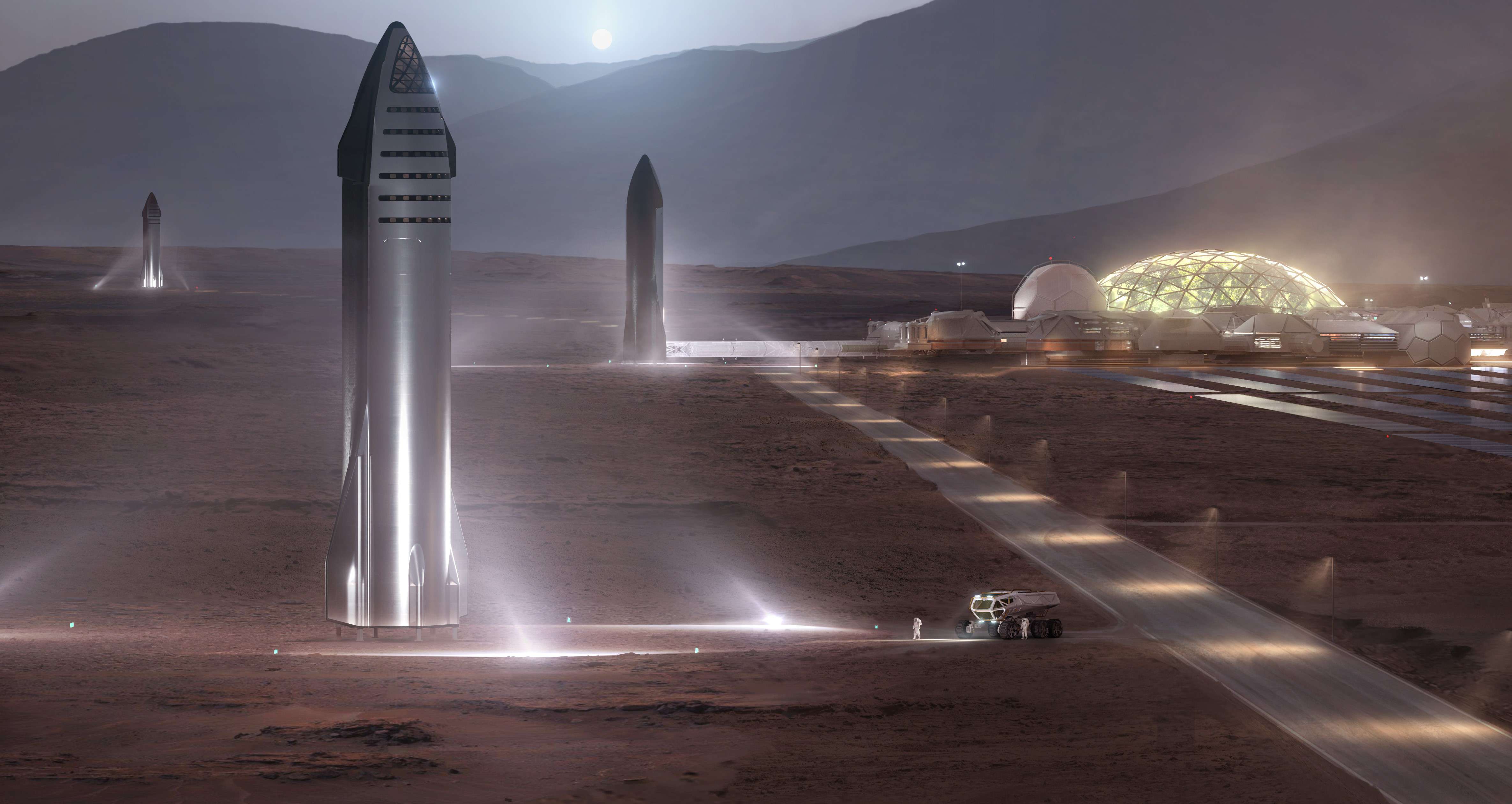
Friday, November 19, 2021 | Chimniii Desk
Key Highlights
- Elon Musk, the company's CEO, detailed Wednesday how the company's under-development rocket will achieve a "high flight rate" of a dozen launches per year in 2022.
- This will enable the ship to deliver actual payloads in 2023, before pursuing more ambitious ambitions such as human missions to the Moon and Mars.
- Musk intends to host perhaps a dozen test flights in 2022 from there.
- As part of NASA's Artemis programme, the Starship is also expected to land humans on the Moon.
Advertisement
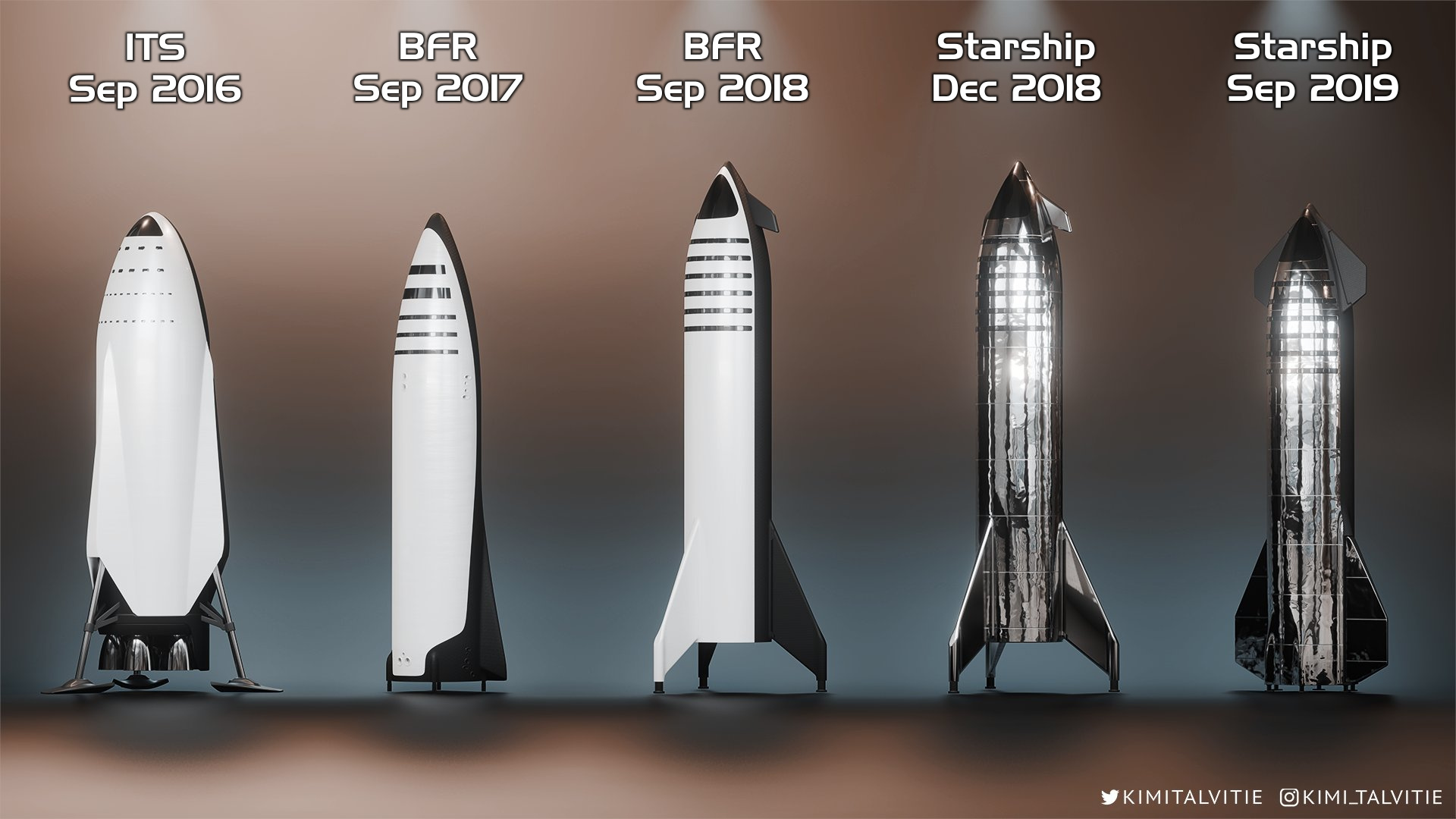 Evolution of Starship
Evolution of StarshipStarship, SpaceX's in-development spacecraft, is taking shape. Elon Musk, the company's CEO, has ambitious aspirations for the Moon, Mars, and beyond.
Elon Musk, the company's CEO, detailed Wednesday how the company's under-development rocket will achieve a "high flight rate" of a dozen launches per year in 2022. This will enable the ship to deliver actual payloads in 2023, before pursuing more ambitious ambitions such as human missions to the Moon and Mars.
The statements, presented at a joint meeting of the Space Studies Board and the Board on Physics and Astronomy, detail the process by which the stainless steel rocket currently under construction in Texas will transition from prototype to operational ship.
It's a project that has the potential to enable some of SpaceX's most ambitious aims. The Starship, originally dubbed "BFR" in 2017, is a stainless steel rocket that stands approximately 400 feet tall when coupled with its Super Heavy booster.
It is completely reusable and is capable of flying up to three times each day. It is capable of launching up to 150 tonnes of cargo or 100 passengers into space simultaneously.
Because it uses liquid oxygen and methane as rocket fuel, astronauts may go to Mars, refuel using the planet's resources, and then either return to Earth or venture further afield as part of a planet-hopping network.
"Ultimately, Starship is intended to serve as an universal mode of transit for the entire solar system," Musk stated during the occasion.
The following describes how the coming year will enable these objectives:
Advertisement
SPACEX STARSHIP 2022: ORBITAL FLIGHTS AND OTHER SPECIAL FEATURES

Musk has stated that the Starship's long-awaited orbital mission could occur as early as January 2022.
In September 2019, the business completed the construction of the Starship's first full-scale prototype. It successfully launched and landed a full-scale prototype, SN15, to a height of about 33,000 feet in May 2021.
The next step is the orbital flight, during which the ship and launcher will make a 90-minute journey into space. It will launch from the Texas site, will separate from the rocket around two minutes after liftoff, and will land approximately 60 miles northwest of the Hawaiian island of Kauai.
Musk stated during the event that the launch pad and tower would be completed by the end of November. After that, SpaceX will conduct a series of tests in December before attempting an orbital flight the following month.
Musk intends to host perhaps a dozen test flights in 2022 from there.
Advertisement
WHAT HAPPENS AFTER 2022 FOR THE SPACEX STARSHIP
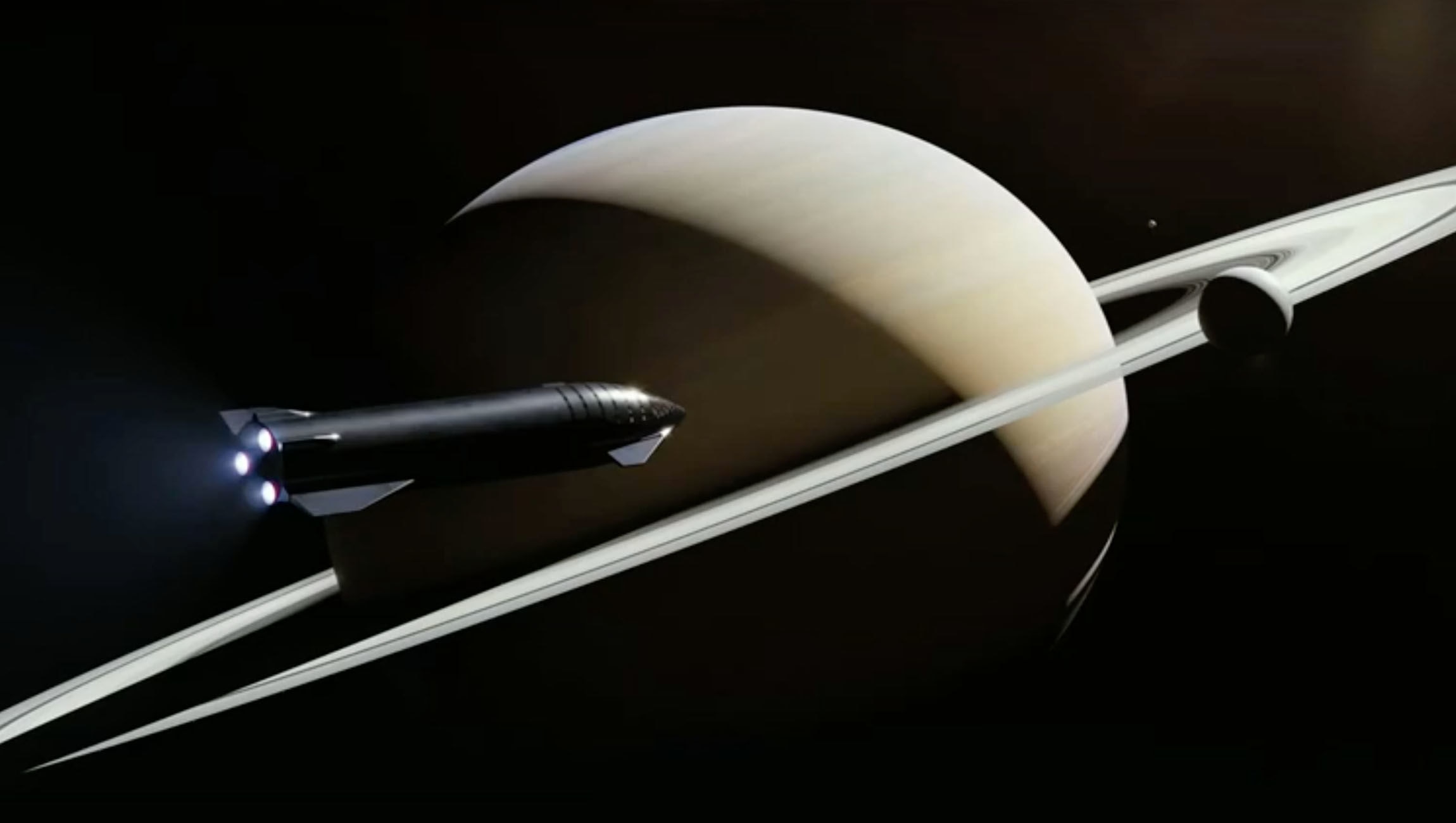
Musk has grandiose ideas for the future from here.
PAYLOADS — Musk anticipates that if the 2022 test flights are successful, he will move on to real payloads by 2023.
It is unknown whether this means SpaceX will continue to launch Japanese billionaire Yusaku Maezawa on a 2023 lunar orbital journey. This expedition, which will also feature eight lucky winners of previous competitions, was initially announced in 2018.
Advertisement
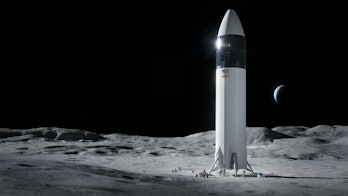
SpaceX's lunar lander version of the Starship.NASA
HUMANS ON THE MOON — As part of NASA's Artemis programme, the Starship is also expected to land humans on the Moon. Bill Nelson, the administrator of the agency, stated earlier this month that the mission will most likely take place no early than 2025.
These capabilities would eventually be employed to construct a lunar base.
"Because of [Starship's] mass transport capabilities, it is capable of transferring enough mass and people to the Moon to establish a permanently occupied base," Musk stated. "In the same way that we maintain a continually occupied base in Antarctica."
HUMANS ON MARS — Additionally, SpaceX intends to transport humans to Mars. When is unknown: during the BFR's 2017 debut, Musk laid forth an ambitious plan for the launch of two unmanned ships in 2022 and two more unmanned ships alongside two crewed vessels in 2024.
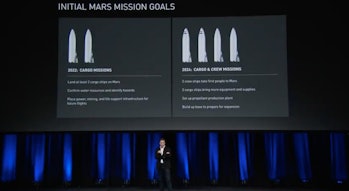
Musk's plan to send ships to Mars.SpaceX
He said at the most recent event that SpaceX would send at least two or three uncrewed Starships to show the ship's ability to land safely on the planet.
"We may collaborate with NASA, or perhaps NASA and other countries, to send people to Mars," he explained.
This all contributes to Musk's long-term aim of establishing a million-person city on Mars by 2050.
BEYOND MARS — Musk stated that the spacecraft might facilitate a planet-hopping network by refuelling at propellant stores on the Moon or Mars and continuing their mission.
"If we have a base on Mars with a large delta-v, we can effectively planet hop," he explained. "From Mars to possibly Ceres to possibly one of Jupiter's moons and ultimately to the outer solar system."
Musk also alluded to the possibility of launching a 100-ton object to Europa, one of Jupiter's moons.
"From an architectural standpoint, it is capable of transferring virtually any arbitrary mass to any solid surface in the solar system," he explained.
Advertisement
SUMMARIZING THE STARSHIP'S JOURNEY:
- November 2018 — BFR is rebranded Starship following its initial announcement in September 2017.
- December 2018 — Musk confirmed that the new ship will be constructed entirely of stainless steel.
- January 2019 — Musk unveils a shortened "Starhopper" prototype and explains why he chose steel over aluminium.
- February 2019 — The Raptor engine surpasses an illustrious rocket record
- April 2019 — A tethered "hop" is completed by Starhopper.
- July 2019 — Starhopper soars to a height of 20 metres (67 feet)
- August 2019 — Starhopper does a 150-meter flight (500 feet)
- September 2019 — Unveiling of the full-scale Starship Mk.1 prototype
- May 2020 — The full-scale Starship SN4 prototype successfully completes a static test fire.
- August 2020 — SN5 makes a 150-meter launch (500 feet)
- October 2020 — SN8 completes the first static fire of a triple-Raptor
- December 2020 — SN8 rockets 12.5 kilometres (41,000 feet) into the sky and collides with the ground.
- February 2021 — SN9 rockets 10 kilometres (33,000 feet) into the air and crashes.
- March 2021 — SN10 launches from a ten-kilometer (33,000-foot) altitude and lands eight minutes later. That same month, SN11 is launched 10 kilometres (33,000 feet) into the air and shatters upon impact.
- May 2021 — SN15 launches from a base at a height of ten kilometres (33,000 feet) and lands without incident, save for a tiny fire at the bas.
Advertisement